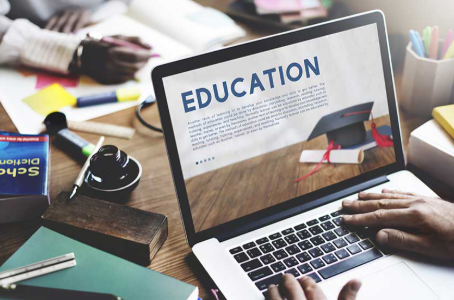In today’s digital age, social media is no longer just a platform for entertainment or communication—it has also emerged as a powerful tool in education. When used appropriately, it can support learning, foster collaboration, and enhance engagement both inside and outside the classroom.
Connecting Classrooms Beyond Borders
Social media allows students and teachers to connect with peers and educators around the world. This global interaction fosters cultural understanding and encourages the exchange of ideas. Platforms such as discussion forums, school-specific groups, and educational pages enable students to collaborate on projects, share resources, and receive instant feedback regardless of location.
Enhancing Student Engagement
Many learners are already familiar with social media tools, making them a natural extension of the classroom. Educators who integrate these platforms into their teaching strategies can boost student participation. Whether it’s through creating educational video challenges, joining topic-specific chats, or contributing to class blogs, students become more actively involved in the learning process.
Building Digital Literacy
As students use social media for educational purposes, they also develop key digital skills. They learn how to communicate effectively online, evaluate sources, protect their privacy, and maintain a respectful digital footprint. These competencies are crucial for academic success and future career readiness.
Supporting Professional Development for Educators
Educators can benefit from social media too. Many use it to connect with fellow teachers, attend virtual workshops, and stay informed about innovative teaching practices. Online professional learning communities help educators share strategies, lesson plans, and classroom tools that enhance student learning.
Encouraging Peer-to-Peer Learning
Social platforms promote informal learning opportunities by encouraging students to help one another. Through shared posts, comments, and curated educational content, learners can explain concepts, ask questions, and build understanding together.
Guidance and Responsible Use
While the benefits are clear, it’s essential for schools to guide students on the responsible use of social media. Teaching internet safety, setting clear usage guidelines, and monitoring engagement help create a supportive and secure digital environment.
Conclusion
Social media, when thoughtfully integrated into educational settings, offers numerous benefits—from strengthening global connections to nurturing digital skills and enhancing classroom engagement. With the right boundaries and purpose, it can become a valuable ally in shaping the future of learning.














